

In a many ways, the shump (short for “shoot ’em up”) is the one type of video game that’s failed to evolve. Sure, the genre’s come a long way since Spacewar! hit all the way back in 1961, and the difference between a modern shump and the widely-accepted granddaddy of them all, Space Invaders, is practically night and day. However, most shumps are still designed with an arcade-based mentality; they’re chaotic, incredibly challenging experiences designed to keep gamers playing as long as possible. Back in the old days, that meant pumping a machine full of quarters. Now? It just means investing more time.
In fact, with better technology, many shumps are even more hardcore. Titles like Ikaruga and Geometry Wars are referred to as “bullet hell” games for a reason. With literally thousands of things appearing on screen at once – most of them deadly – it’s hard to just keep track of what’s happening, never mind survive. Shump is a genre that thrives on difficulty; watching dedicated players duck and weave and shoot their way through armadas, relying on memorization and pixel-perfect reflexes, is an amazing sight. It also takes a lot of practice. If you don’t have the time to train, maybe a shump isn’t for you.
That’s why Nick Clinkscales, the one-man team behind Psyche Studios, created Super Galaxy Squadron. When Clinkscales launched his Kickstarter last spring, he didn’t mince words: “tradition shouldn’t get in the way of fun.” Super Galaxy Squadron aims to be a shump for everyone, from the casual player to the most hardcore shoot-’em-up fan. Does it succeed? Well, sort of.
Despite Clinkscales’ marketing copy, Super Galaxy Squadron is still a bullet-hell shooter at heart. Over the course of six levels (and one “endless” mode), players guide one of fourteen starships through a stream of enemy forces, dodging an endless supply of bullets and lasers while blasting anything that moves. Sometimes, defeated enemies leave behind power-ups, which make weapons more powerful or increase the ship’s rate-of-fire. It’s a short game, but a fun one. Besides, the goal isn’t really beating the game. It’s getting a high score.
The health system is what sets Super Galaxy Squadron apart from its peers. Quite simply, compared to many shumps, Super Galaxy Squadron is infinitely forgiving. On normal mode, ships in Super Galaxy Squadron have a health meter, which goes from 0 to 100; the better the ship’s armor rating, the less damage it’ll take. Occasionally, enemies drop healthboosts too, which refill up to half of the player’s health meter.
The upgrade system introduces some interesting wrinkles as well. When the player’s ship is hit, it loses one of its upgrades, which goes floating around the screen. The upgrade can be retrieved, but its movement is semi-random, and chasing it down could lead players straight into enemy fire. Given that upgrades are necessary at higher levels, when clearing out the screen quickly means the difference between life and death, this system adds an degree of risk-vs-reward strategy. Players can afford to take a few hits; maybe it’s worth some damage to get weapon upgrading. Maybe.
Super Galaxy Squadron saves the player’s progress after each level, too, and the whole thing adds up to a package that’s absolutely accessible – maybe too much so. Each of the fourteen ships handles a little differently, but find the one that works for your play style, and Super Galaxy Squadron can be beaten in under an hour. Upgrades and health packs are easy to come by, making later stages fairly simple, and there’s no real challenge until the final boss. Super Galaxy Squadron offers a “hardcore” mode, but that just changes the game to a generic one-hit-and-you’re-dead shooter. Honestly, it’s not that compelling.
That’s a shame, too, because Super Galaxy Squadron is remarkably polished for a one-man production. Enemies don’t stand apart, but each player-driven ship has its own, unique design. The 16-bit-style graphics recall Super Galaxy Squadron‘s retro influence, while modern technology still allows for hundreds of on-screen elements at once – with no slowdown. During particularly frantic battles, a kind of glorious chaos emerges, and the screen fills with explosions and lasers and all kinds of space-combat goodness. The music, by band Random Encounters, is an equal mix of epic and late-80’s/early 90’s cheese, evoking the game’s arcade roots.
The lore behind the game is surprisingly well-executed, too. There’s a fairly mature story about an interstellar Cold War that progresses between missions, and all 14 pilots have their own history. The plot isn’t the focus - killing things is – and the cutscenes are limited to scrolling text over a repeating background. Still, Clinkscales created a world that feels deeper than it probably is; Super Galaxy Squadron presents a place that many gamers probably wouldn’t mind returning to.
It’s hard to not recommend Super Galaxy Squadron. The game costs as much as a matinee movie ticket, even if it lasts about as long. Even better, Clinkscales is donating all of the game’s proceeds to charity, so buying it actually does some real-world good. The rampant destruction, particularly at later levels, feels incredibly satisfying, and anyone who’ been dying for some shoot ’em up action on a limited schedule, will find that particular itch scratched. Just keep in mind that Super Galaxy Squadron is a diversion, not a life-changing experience. Despite some bold claims, there’s nothing new here; just a variation on a well-worn theme, remixed and re-packaged for a more mainstream audience.
Super Galaxy Squadron is out now for Windows, Mac, and Linux. Game Rant was provided a PC copy for this review.
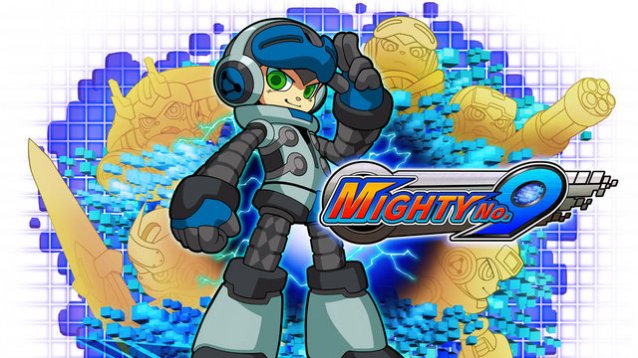
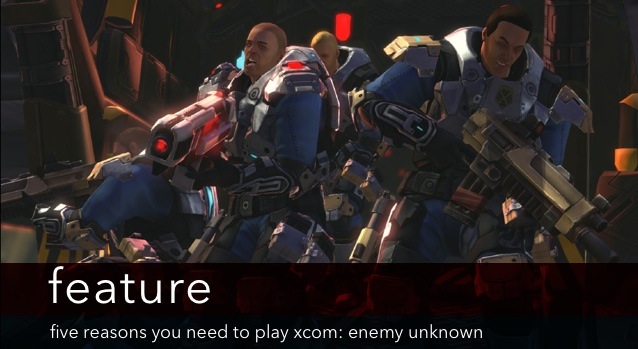
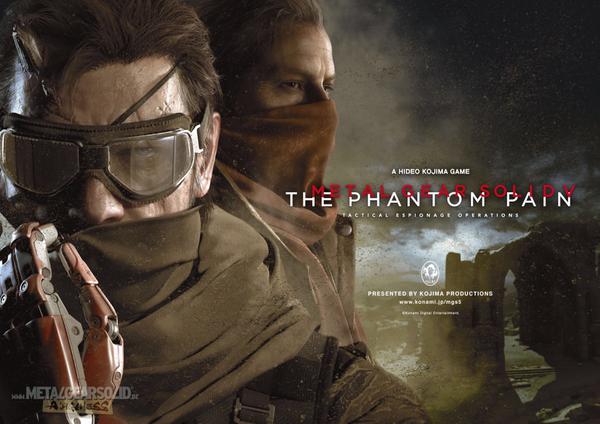

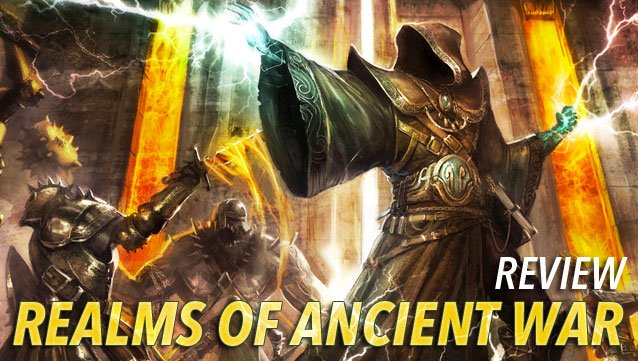 Review: Realms of Ancient War (PC)
Review: Realms of Ancient War (PC)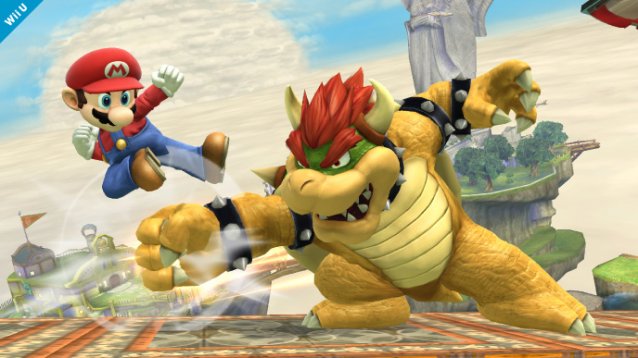 5 Unanswered Super Smash Bros. Questions
5 Unanswered Super Smash Bros. Questions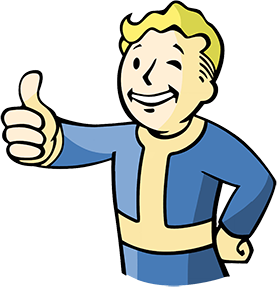 Fallout 4: Everything We Know So Far
Fallout 4: Everything We Know So Far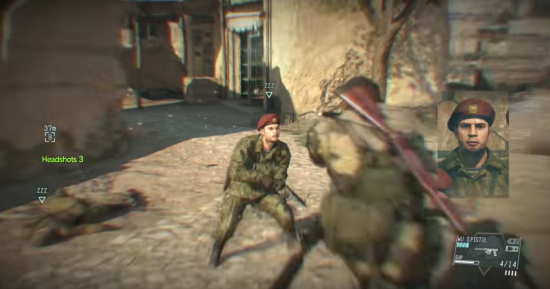 Metal Gear Solid V: TPP Guide - How to Beat the 'Red Brass' Mission
Metal Gear Solid V: TPP Guide - How to Beat the 'Red Brass' Mission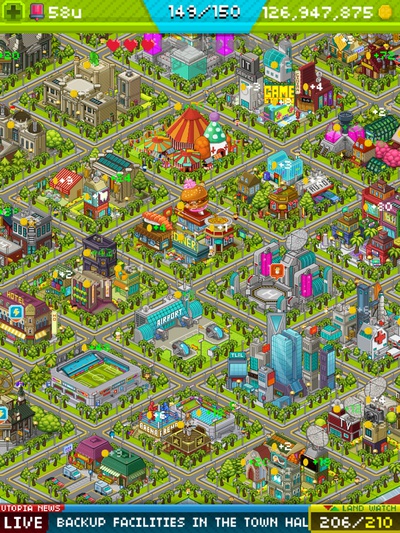 Pixel People Review: City Building at its Most Charming
Pixel People Review: City Building at its Most Charming